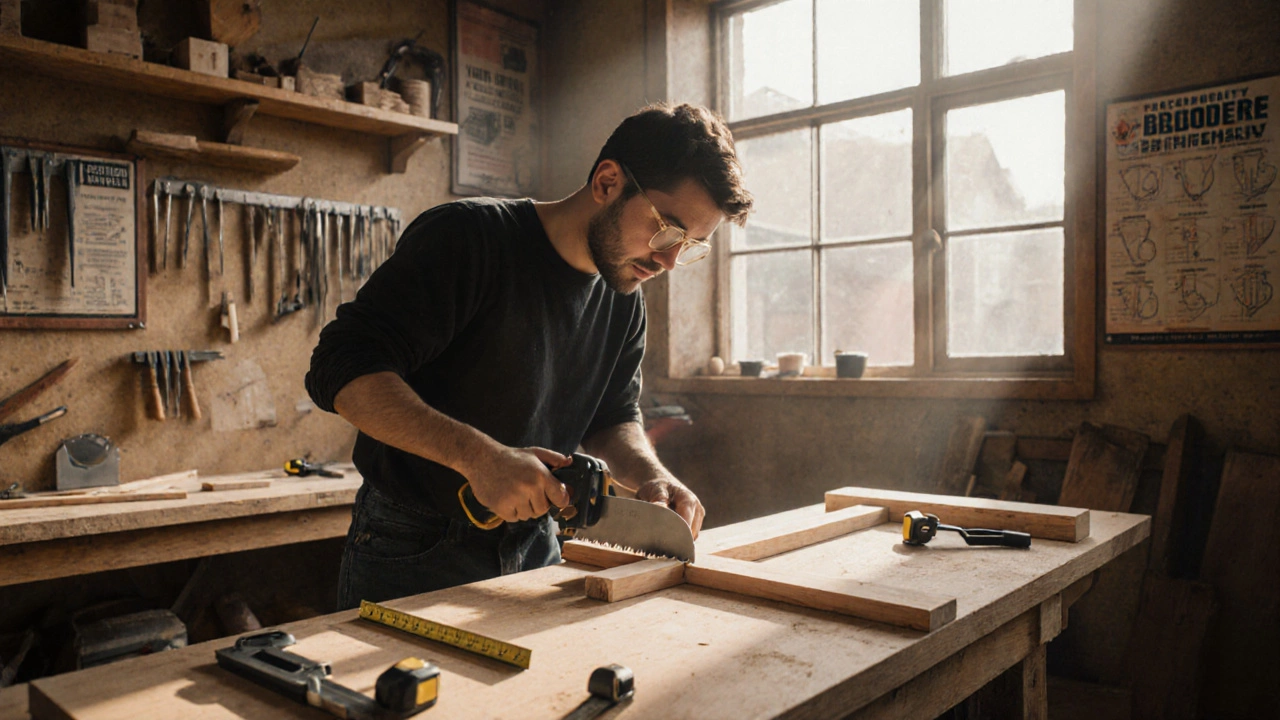Hands-On Carpentry: Skills, Tools, and Real-World Training
When you think of hands-on carpentry, practical woodworking done with real tools on real materials, not just theory. Also known as practical carpentry, it’s the kind of skill that gets you paid by the job, not by the exam. This isn’t about reading manuals—it’s about measuring twice, cutting once, and fixing mistakes before the client walks in.
True carpentry skills, the ability to build, repair, and install wood structures with precision and speed don’t come from videos alone. They come from hours spent with a plane, a chisel, and a level that won’t lie. You need to understand carpentry tools, the hand and power tools used daily by tradespeople to shape and assemble wood—not just what they’re called, but when to use a claw hammer versus a framing hammer, or why a dovetail jig matters more than a fancy saw. These aren’t optional extras; they’re the core of your trade.
And if you’re thinking about getting certified, you’ll quickly learn that NVQ carpentry, a UK vocational qualification that proves you can do the job safely and correctly on site isn’t about passing a written test. It’s about showing an assessor you can build a stud wall, fit a door, or lay floor joists without cutting corners. That’s why so many people who struggle with classroom learning thrive in carpentry—because they learn by doing, not by memorizing.
What you’ll find in the posts below isn’t fluff. It’s the real stuff: how much math you actually need (spoiler: it’s less than you think), what the hardest tasks are (dovetails, by the way), and how to turn your workshop hours into a career. You’ll see how training works, what employers look for, and why some people walk away from carpentry while others build entire businesses from a single skill. This isn’t about dreams—it’s about tools, sweat, and results.




